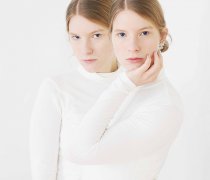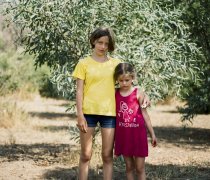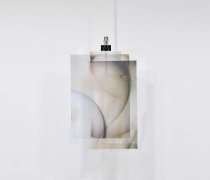- Jobs
- Open Calls
- Events
- Learning
- More
- SUBMIT
Chloe Massey
Country where you live:
- England
City where you live:
- Frome
Instagram:
My love of pictures is deeply entwined with a love of people and is always an ode to great women. Throughout my work portraits of mothers, grandmothers and young women are intrinsic, for it is their stories I wish to tell, beautifully. This project is entitled Heroine, ‘A woman of distinguished courage or ability, admired for her brave deeds and noble qualities’.
The lives of countless heroine’s have been hidden from history, manipulated and disregarded by colonial powers and men who sought their power.
This project hopes to re-imagine the stories of female Monarchs, women whose voices I feel deserve a greater vessel than most historical platforms provide.
For me, there is no time more opportune than now to retell the stories of these innovative, immensely powerful women, early feminists who stood up and fought for what they believed in to move closer to equality.
They faced the gender stereotypes that affect abuse, disease, conflict, unemployment and poverty, the same issues women are fighting against today. Things I have faced, am still trying to process and am often to afraid to shae. The stories of these women have empowered me, the work was healing and marked the begining of my journey as a woman. I hope the portraits inspire other women.
To be apart of this conversation I created most of this project in South Africa, where gender equality is at the forefront of political conversation. I was humbled to speak with courageous women from all different walks of life and generations about their experiences of being a woman and what they were campaigning to change.
These conversations affected the work I was making and will become a tangible part of the project in the future.
‘Heroine’ is about celebrating the lives of wonderful women and hopefully in doing so, empowering today’s women to strive for what makes them happy and use their voices to inflict change.
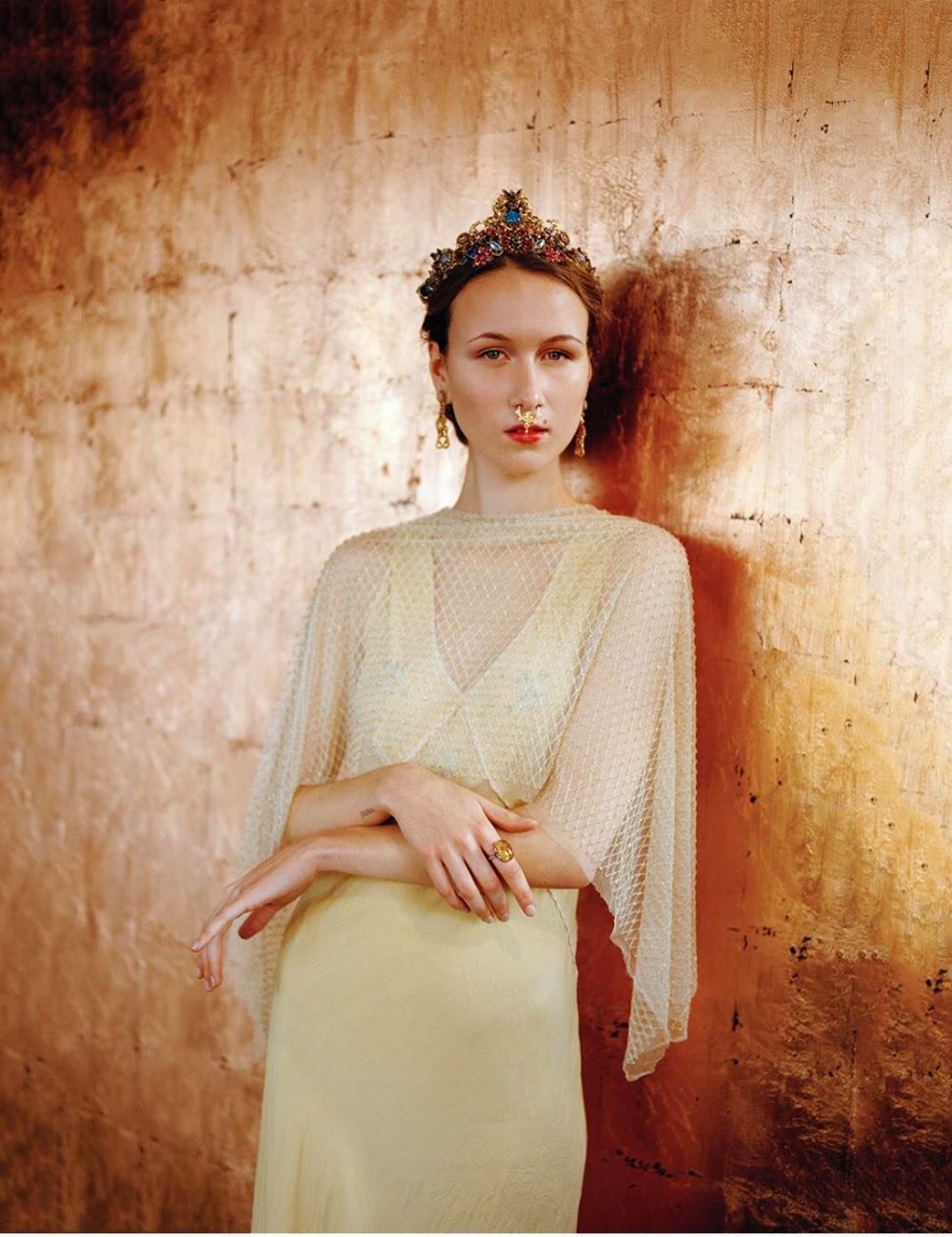
EMPRESS THEODORA
6th C Byzantine Constantinople
Theodora grew to be an actress and dancer in the hippodromes of Constantinople. She was a child prostitute and experienced several abortions before giving birth as a young girl.
Theodora met Emperor Justinian when she was 21, the unconditional love they shared for one another proving to be the turning point for women of the recently established Byzantine Era.
Theodora used her power to help women who also lived lives
of poverty and vulnerability.
She housed prostitutes and achieved legislation which prohibited forced prostitution and banished brothels. Theodora developed women’s marriage and dowry rights, altering divorce laws to be more favorable to women.
She influenced anti-rape legislation and supported the many young girls being sold into sexual slavery and secured mothers
guardianship over their children.
Her infamous displays of courage against the issues women face today make her a great, timeless inspiration.
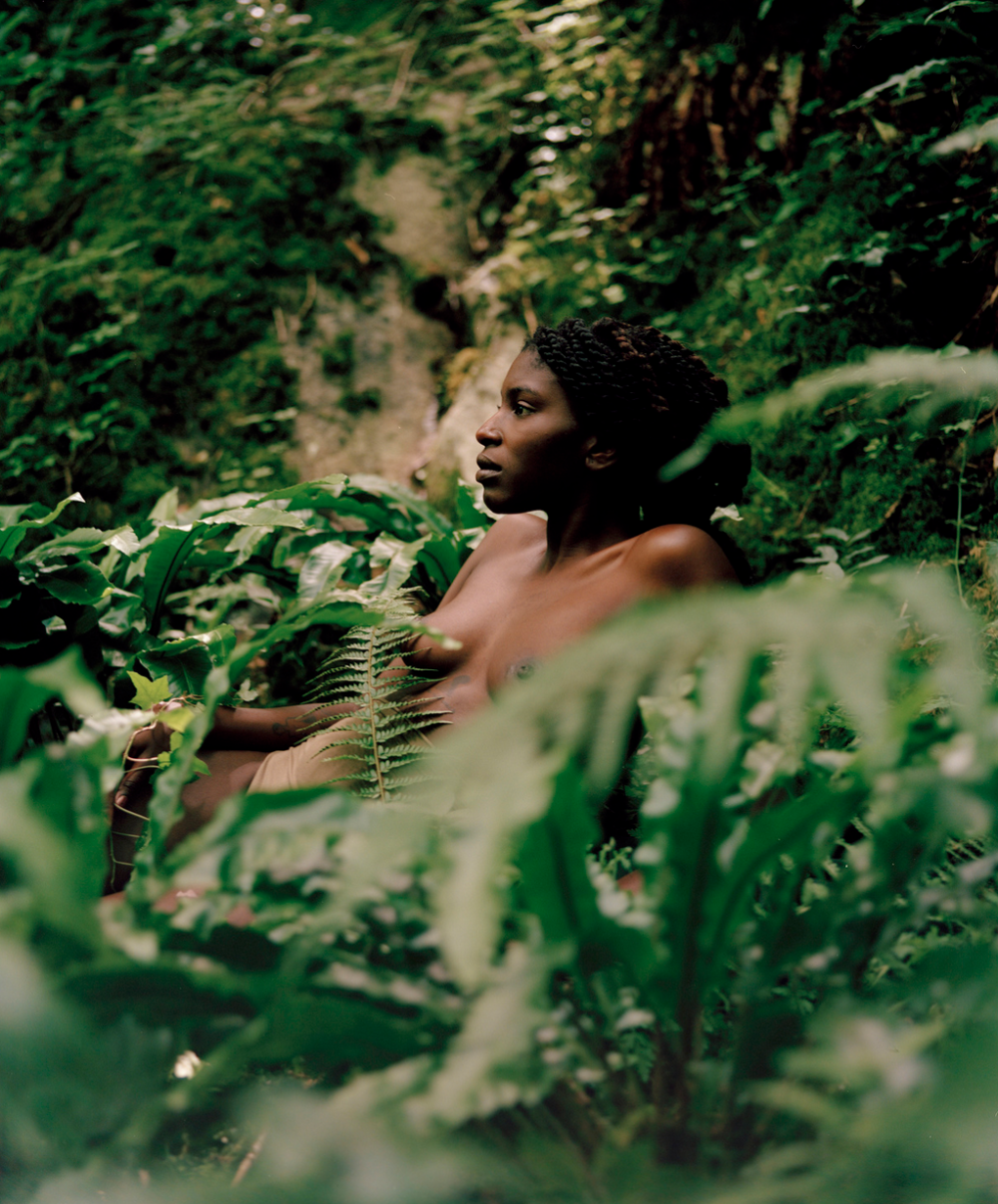
Ngame, Goddess of the Soul
The land was lush, the soil fertile, rain fell often & there was an abundance of wheat, maize and food. Matrilienal lines were celebrated, harmonious. When a baby was born, rituals invited them to the land of their ancestors, respect was given to the spirits of the mountain, the ocean and the earth. The earth, regarded as a female spirit, was asked permission before a burial so that her child may return to the womb.
As Clarissa Pinkola writes so fervently “Wild Life & Wild Women have both become endangered species...It’s not by accident that the pristine wilderness of our planet disappears as the understanding of our own inner wild, feminine natures, fade.”
As the fertile land and the sacred feminine instinct has been neglected, stripped away and burnt, as “Dens have been bulldozed and natural cycles forced into unnatural rhythms to please others... It is not so difficult to comprehend why old forests and old women are viewed as not very import- ant resources.” Our courage, blood, sweat and tears have been wrongly reputed as in gracious and threatening.
We must question how we define femininity and why we continue to swallow our most exotic, sacred instincts.
As an aesthete, I have found visual story telling can ignite and embody the longings and feelings of the wild woman inside that I glimpse at whilst in the ocean, the jungle, entwined in my partners embrace.
One powerful female archetype that embodies the characteristics of the 'Wild Women' is that of the Moon Diety and Goddess of the Soul, Ngame;
who originates from the Akan in Ghana.
Engulfed in the midnight blue of the ocean and the corn silk hues of a rich harvest, Kemi Fontaine embodies the spirit of a legend and a time of which the Wild Woman prospered. As we acknowledge her strength and softness, we hope to conjure the archetype that rests inside, waiting to resurface.
In Sanskit the Muladhara, or root chakra, is associated with vitality and awakening, as she holds the bamboo shoot, her root chakra is balanced, governed by the element of the earth. In trying to create a universal and contemporary image of women in harmony with the planet, she is dressed in slowly crafted, hand made and sustainable bamboo silk pieces from White Doe.
For the Akan, one of the first duties of Queen Mothers was to plant a fig tree, the red flesh symbolic of the Kra (fire) of Ngame. Often pictured with two water jugs, one foot on land and one in the water, she sheaths the alpha matrilineal being, connotative of fertility and life.
Ngame’s message and the Akan’s deep belief in her, demonstrated in rituals and ceremonies, is an important reminder of a time people revered a powerful feminine energy. More crucial a message is that the archetype Ngame represents that which resides in all of us, and that in her portrayal, we feel her awakening, inspired to let her run wild, howling under the full moon.
|
Germany Kiel |
United Kingdom london |
United States Brooklyn |
United Kingdgom Bournemouth |
美國 Chicago |
Pages
- « first
- ‹ previous
- …
- 3
- 4
- 5
- …
- next ›

